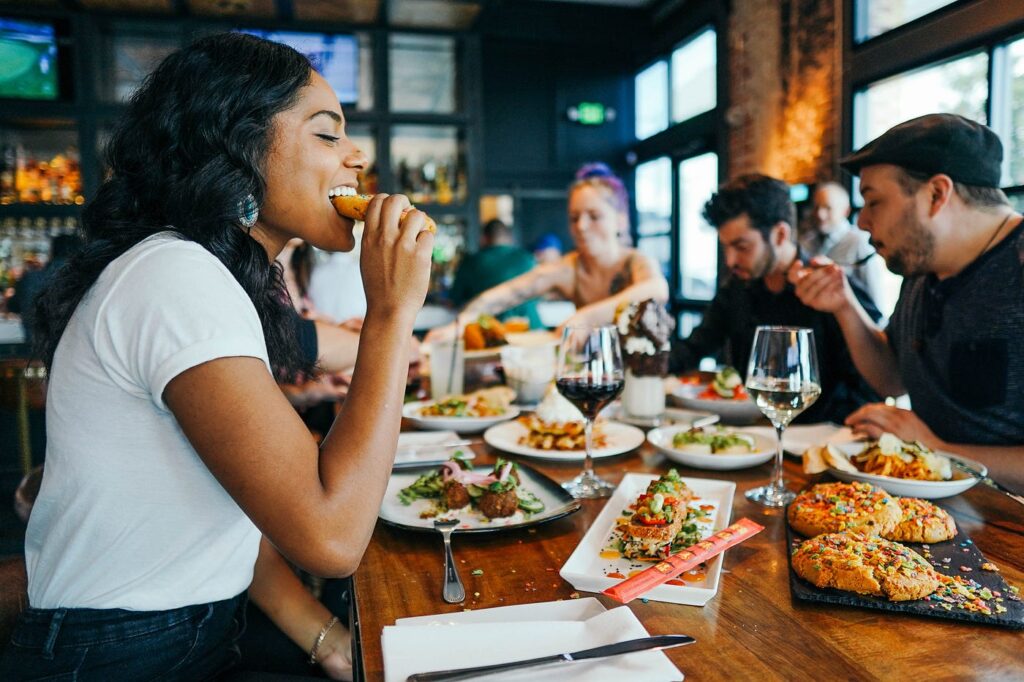Murder mystery dinners have become a sensation for those who crave a dining experience with a twist of intrigue and suspense. These immersive events transform an ordinary meal into a thrilling game, where every guest plays a role in a complex whodunit scenario. Set against various thematic backdrops—from Victorian-era mansions to modern-day crime scenes—murder mystery dinners offer a unique blend of culinary delights and interactive storytelling.
At the heart of any memorable murder mystery dinner lies the art of character creation. Crafting distinct and engaging personalities is not just a matter of whimsical imagination; it requires thoughtful design and attention to detail. The characters must be convincing enough to transport participants into the fictional world, while also being complex and multi-dimensional to fuel the intrigue. From the enigmatic detective to the dubious suspects, each character plays a pivotal role in unfolding the plot. The richness and depth of these characters not only drive the story forward, but also allow guests to fully immerse themselves in their roles, making the entire experience unforgettable.
Understanding the Theme

Understanding the theme of your murder mystery dinner is a foundational step in crafting a coherent and engaging experience. The theme sets the tone, style, and ambiance of the event and can range from a classic Agatha Christie-inspired setting to a futuristic cyberpunk mystery. It encapsulates the time period, location, social dynamics, and even the underlying moral or philosophical questions that may be explored within the story. This thematic coherence ensures that every element, from invitations to décor to characters, works in harmony to create a believable world.
Selecting the right theme involves considering your audience’s interests, the complexity of the plot, and the resources available for hosting the event. A 1920s speakeasy might require different props and character archetypes than a contemporary corporate espionage scenario. Moreover, the theme should resonate with the intended mystery’s depth and twists, influencing everything from the language used in character descriptions to the clues hidden throughout the evening.
Crafting the Main Characters
Crafting the main characters in a murder mystery dinner is an exercise in detailed design, balance, and storytelling. The main characters usually consist of the victim, suspects, and the detective, each playing a vital role in solving the crime. The victim’s background and connection to other characters form the basis of the mystery, while the suspects introduce potential motives and conflicting narratives. The detective, on the other hand, often acts as a guide through the plot, providing direction and insight. Crafting these characters requires a blend of creativity and logical thinking, with consideration for how each one fits into the overall story.
Building memorable main characters demands more than assigning names and generic traits; it’s about creating multi-dimensional personalities with histories, desires, secrets, and weaknesses. Each character’s profile should be designed with enough depth to encourage participants to fully inhabit their roles while maintaining accessibility for those new to role-playing. This involves creating a balance between defining key aspects of the characters and leaving room for players to bring their interpretations. Attention to fine details like speech patterns, relationships, or even quirks can make the characters more relatable and intriguing, adding to the authenticity of the experience.
Developing Supporting Characters

Developing supporting characters in a murder mystery dinner is an essential yet often overlooked aspect of creating a full-bodied narrative. Supporting characters add layers to the story, providing texture and richness that deepen the plot. While they may not be central to the mystery, they play important roles in enhancing the ambiance, introducing sub-plots, or even providing comic relief. Supporting characters can be friends or family members of the main characters, staff at the event’s venue, or other guests, each with their unique traits and backstories that contribute to the overall atmosphere
The crafting of supporting characters demands a balance, ensuring that they complement the story without overshadowing the main characters or confusing the plot. Their backgrounds, motivations, and connections must be carefully considered, and their involvement in the storyline should be clear yet subtle. The real art in creating these characters lies in embedding them seamlessly into the narrative, providing enough intrigue without diverting attention from the primary mystery.
Clues and Red Herrings

Embedding clues is a pivotal component of a murder mystery dinner, acting as the breadcrumbs that guide participants towards the ultimate revelation. Each clue should be included in character stories, conversations, or the environment, ensuring they neither stand out conspicuously nor get overlooked. The effectiveness of these clues hinges on their relevance to the plot, the consistency with which they are presented, and the logical progression they offer towards unraveling the mystery. A well-placed clue not only drives the narrative forward, but also engages the participants’ deductive reasoning and observation skills.
While clues lead participants closer to the truth, red herrings serve the opposite function, artfully designed to mislead and introduce elements of doubt. Red herrings add layers of complexity to the mystery, ensuring that the resolution isn’t too straightforward or predictable. They might manifest as little pieces of information, suspicious character behaviors, or misleading physical evidence. However, the use of red herrings requires careful calibration. Overutilizing them can frustrate participants and obfuscate the plot, while a sparing, strategic placement keeps the intrigue alive and the participants second-guessing their deductions till the very end.
Crafting a memorable murder mystery dinner is a rich and rewarding endeavor that requires careful consideration of theme, character development, and the intelligent placement of clues and red herrings. By paying attention to these elements, hosts can create an engaging and immersive experience that captivates guests and leaves them talking long after the mystery has been solved.

